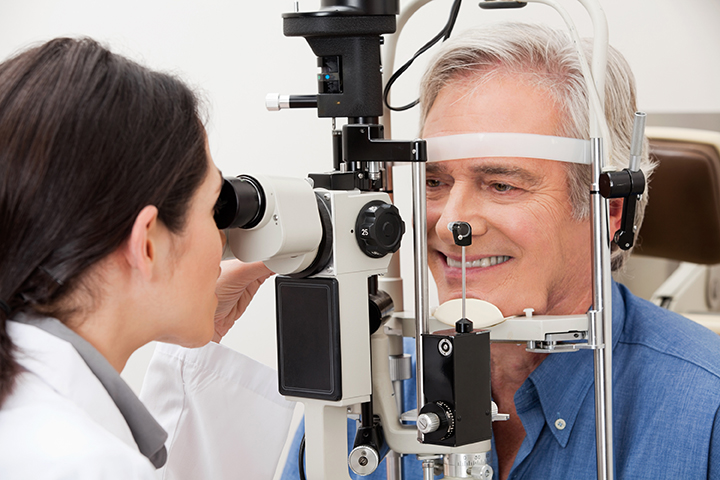
It is predicted that road accidents involving drivers with poor vision cost the UK around £33 million and cause 2900 casualties every year. Having good eyesight is critical to safe driving and it is a requirement by law that drivers must be able to read a modern car number plate that is 20 metres away.
For most drivers, their eyesight is only tested during the practical element of their driving tests, which is when a driver must read a number plate from 20 metres away. Other than this test, most drivers do not have to provide any further evidence to prove that their eyesight is acceptable for driving. Eyesight can deteriorate quickly, and most people will not be aware of the change in their vision but does this mean that a law to ensure regular eye tests for drivers should be passed?
What The Law States As well as the law stipulating that drivers must be able to read a number plate from 20 metres away. The law also requires drivers to inform the DVLA if their vision is below 6/12 (0.5) on the Snellen scale or if their visual field is less than 1200, for this measurement, drivers can wear contact lenses or glasses if they require them. This also means that if a person needs glasses or contact lenses to meet the vision standards for driving, then glasses or contact lenses must be worn every time that person drives.
The DVLA will also need to be informed if drivers suffer from medical conditions that can impact their eyesight as well as their ability to drive safely. For drivers older than 70, they must declare to the DVLA that their vision meets minimum standards, but there is no need to supply the evidence for this.
There is more stringent laws applying to lorry and bus drivers who must have a visual acuity of at least 6/7.5 (0.8) on the Snellen scale for your strongest eye and at least 6/60 (0.1) on the scale for the other eye.
What Opticians State As eyesight can often deteriorate without notice, experts recommend that drivers should have a professional eye test every two years or sooner if a problem arises. However, eyesight tests are not compulsory, and most people will only go to an optician if they think there is a significant problem. Most will not notice a gradual deterioration or recognise this as a sign that they may not be driving safely.
A professional eye test covers vision over distance as well as central and peripheral vision and also visual field. This is an interesting point to note that drivers with visual field issues have double the number of road crashes or traffic violation than those with a full visual field, yet a person’s visual field is not checked during a driving test.
What Road Safety Charities Believe Road safety charities such as Brake and GEM are campaigning for the government to introduce tougher laws to check driver eyesight. They believe that regular compulsory eye testing would help to cut collisions and make roads safer. Recent studies conducted by Brake suggest that over 1.5 million licence holders in the UK have never had their eyesight tested, which is understandably a cause for concern for such charities.
With all campaigns, the challenge of implementation and continuation is a hard battle to fight. To ensure regular testing for all drivers is a difficult task enough but would this also bring about a change in the requirements of the practical driving test as well as a need for better visual accuracy?